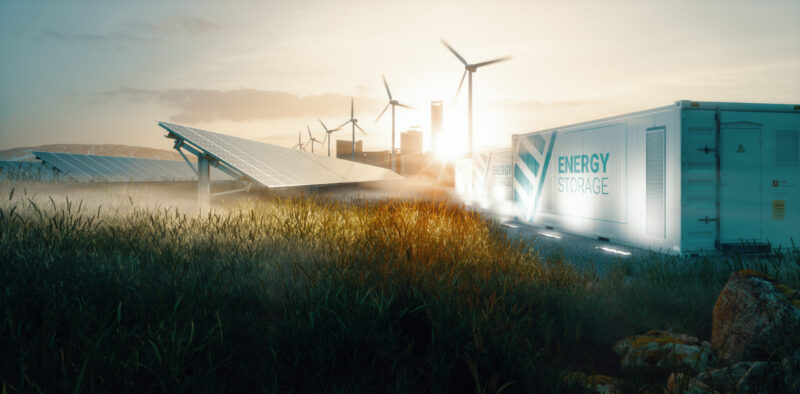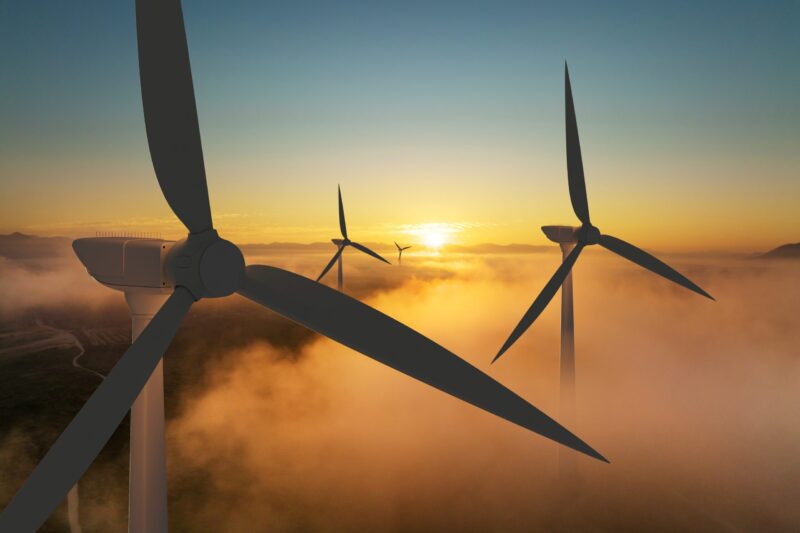
This site
is mobile
responsive

Malaysia is rapidly advancing towards a low-carbon future, guided by the National Energy Policy 2022 – 2040, National Energy Transition Roadmap (NETR) and the New Industrial Master Plan (NIMP) 2030. While solar and hydropower dominate the country’s renewable energy (RE) landscape, wind energy is emerging as a viable and strategic component of Malaysia’s sustainable energy mix.
The Green Investment Strategy (GIS), launched by the Ministry of Investment, Trade and Industry (MITI), highlights RE as a quick-win for the growth in the green economy and energy transition. MIDA is actively shaping the investment landscape to ensure Malaysia remains a prime destination for high-value and sustainable investments in renewable technologies, including wind power.
With global investments in clean energy exceeding USD2 trillion for the first time in 2024, Malaysia is positioning itself to tap into this momentum1. Wind energy, long overlooked in Southeast Asia due to lower wind speeds, is now gaining traction thanks to advancements in turbine technology and policy support. Investors and industry players who recognise this shift stand to benefit from first-mover advantages in Malaysia’s growing RE ecosystem.
As the nation diversifies its RE sources to meet its Net Zero goals by 20502, wind energy complements other RE sources such as solar and hydropower, enhancing the nation’s grid stability. However, the path forward demands strategic investment decisions, especially given Malaysia’s low and variable wind speeds. Success will rely not only on direct capital investments but also on fostering technological advancements, localised manufacturing, and grid enhancements.
Historically, Malaysia wind speeds—ranging from 2 to 4 meters per second (m/s)—have been considered too low for large-scale wind energy deployment. However, technological advancements in low-wind-speed turbines have dramatically shifted the outlook for wind energy in the region. Wind resource mapped by the Energy Commission and SEDA Malaysia has identified key locations – such as Mersing (Johor) and Kudat (Sabah) where speeds range from 3.5 to 6 m/s at 50-meter hub heights3. These areas present viable opportunities for targeted wind energy in the region.
Advancements in low-wind-speed turbine design—such as larger rotor diameters, lightweight composite materials, and blade designs optimised for slow wind—are reshaping market possibilities4. For example, global trends show that turbines improved for low-wind conditions can achieve capacity factors between 25% and 30%5, comparable to higher-speed installations in other regions.
The emergence of vertical axis wind turbines (VAWTs), which operate efficiently at lower wind speeds and are less sensitive to wind direction changes, further enhances Malaysia’s potential. Meanwhile, larger rotor diameters, advanced blade designs, and lightweight composite materials are key features that allow modern wind turbines to achieve capacity factors comparable to conventional high-wind-speed installations.
For visionary investors, this means targeting innovative firms that specialise in low-wind technologies. With Southeast Asia’s wind energy market projected to grow at a compound annual growth rate (CAGR) of 7% to 10% between 2023 and 20306, Malaysia has a window of opportunity to leverage R&D partnerships and foster local manufacturing capabilities for turbines, blades, and associated components.
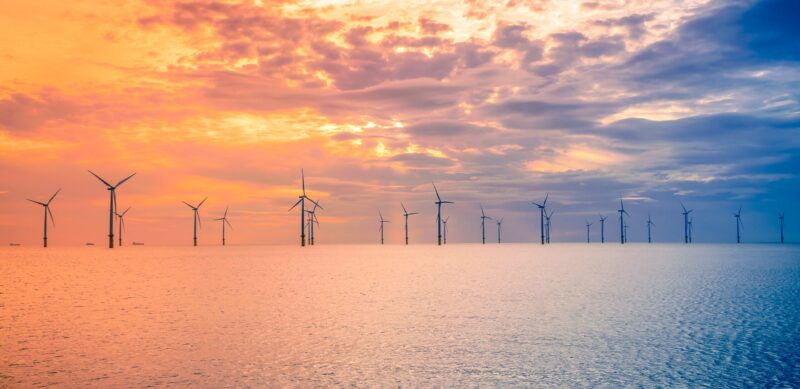
The global wind energy supply chain is valued at approximately USD94 billion, with Asia-Pacific accounting for 45% of total installations7. To capitalise on this, Malaysia must move beyond mere project deployment and develop a full-spectrum energy ecosystem. Localising component manufacturing—such as nacelles, towers, and rotor blades—could cut costs by up to 20% and generate thousands of highly skilled jobs.
With the wind turbine market projected to grow up to USD127 billion by 2027, Malaysia’s strong infrastructure and industrial capabilities offer a solid foundation. Strategic investments in wind technologies can unlock export potential and position the country as a key supply chain hub in ASEAN.
Additionally, investments in smart grid and hybrid renewable systems will enhance grid flexibility. Integrating wind with Malaysia’s current installed solar capacity provides a diversified energy mix. This balance is crucial to reducing curtailment risks and maintaining a stable energy supply8. These factors also create a robust investment case for multinational corporations, technology providers, and energy developers looking to expand into wind energy markets.
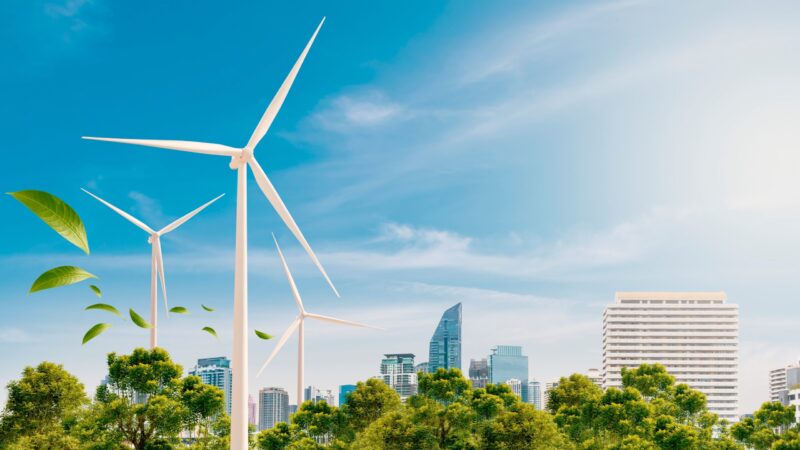
Malaysia’s pro-business policies and renewable energy incentives are instrumental in making wind energy an attractive investment sector. Among the most impactful initiatives is the Green Investment Tax Allowance (GITA) – Tier 3, which provides:
Recognising the importance of a robust local ecosystem, the Malaysian Government also offers incentives to encourage the manufacturing of wind energy equipment and components. Companies involved in the production of nacelles, towers, blades, and other crucial parts or components may be eligible for incentives such as Pioneer Status (PS) or Investment Tax Allowances (ITA). These incentives aim to reduce reliance on imports, create local jobs opportunities, and position Malaysia as a key manufacturing hub for the wind energy sector within ASEAN.
This fiscal support is crucial for catalysing wind energy investments, ensuring long-term economic and technological growth aligned with global decarbonisation goals and Malaysia’s regional competitiveness in attracting high-value, green investments.
Malaysia’s green investment attracted RM20.8 billion in investments in 2024, with a growing focus on diversifying its RE sources. As Malaysia targets 70% of its renewable capacity by 2050, wind energy is set to become a core pillar of the nation’s clean energy future. GITA’s flexible structure ensures that investments create sustainable value by fostering long-term technological and employment growth rather than short-term fiscal relief.
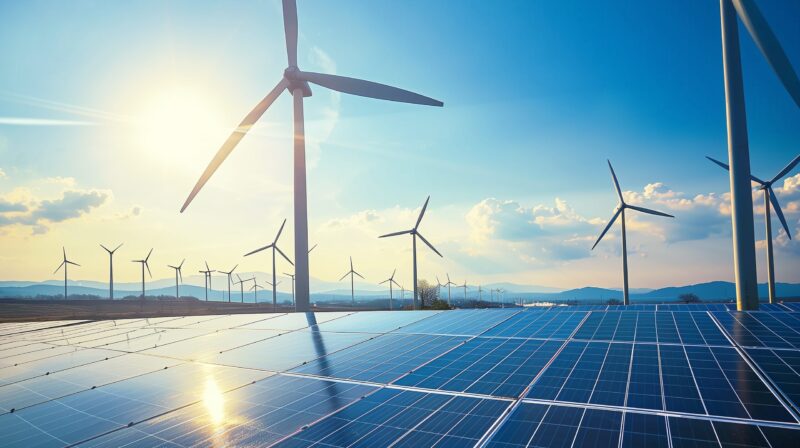
Malaysia stands at a pivotal moment in its RE journey. With strong government support, evolving technology, and a growing regional market, the country has the right elements to unlock wind energy’s full potential. Realising this vision hinges on diligent steps: Strategically invest in low-wind-speed turbine technologies, develop localised manufacturing to enhance cost efficiency and supply chain resilience, grid modernisation to integrate wind energy into Malaysia’s broader RE mix and sustain momentum policy through incentives such as GITA and targeted R&D funding.
MIDA remains committed to facilitating high-value investments that drive technological innovation, economic growth, and environmental sustainability. For more information on the incentive, please visit www.mida.gov.my or contact the Green Technology Division at https://www.mida.gov.my/industries/services/green-technology/ and the Machinery and Metal Technology Division at https://www.mida.gov.my/staffdirectory/machinery-metal-technology-division/.
The time to invest in wind energy is now—let MIDA help you power the future!
2Markandu, D. R. (30 December, 2024). Targets: Meeting renewable energy goals. Retrieved from Institute of Strategic & International Studies (ISIS) Malaysia: https://www.isis.org.my/2025/01/02/targets-meeting-renewable-energy-goals/
3Mohd Farizal Farhan Abd Ghafar, Lina Khalida Masri, Narina Aireen Hilmy Zaini . (2025). Wind Energy Landscape in Malaysia. Retrieved from Azmi & Associates: https://www.azmilaw.com/insights/wind-energy-landscape-in-malaysia/
4Koons, E. (2025). Wind Energy in Malaysia – Potential for Growth. Retrieved from Energy Tracker Asia: https://energytracker.asia/wind-energy-in-malaysia/
5New York State Energy Research and Development Authority (NYSERDA). 2011. New York Wind Energy Guidebook. Albany, NY: NYSERDA
6Mandaokar, A. (2025). Global Wind Energy Market Overview. Retrieved from Market Research Future: https://www.marketresearchfuture.com/reports/wind-energy-market-21722
Gareth Waldeck, Latissa Kamdani. (2022). Jahani & Associates. Retrieved from Renewable Energy: Southeast Asia: https://jahaniandassociates.com/renewable-energy-southeast-asia/
7Technavio. (2025, February 14). Wind turbine components market to grow by USD 47.7 billion from 2025 to 2029; Rapid expansion of global wind power market to boost growth, report on how AI is redefining market landscape. PR Newswire.
8MDPI. (2023). Smart grid technology for wind energy integration. AIP Conference Proceedings, 2895(1), 090007
National Renewable Energy Laboratory (NREL). (2025). New York State Great Lakes Wind Energy Feasibility Study: Cost Analysis. Albany, NY: NYSERDA.
Vista International Technologies, Inc. (n.d.). Low wind speed generators. http://vistainternational.net/low-wind-speed-generators/
